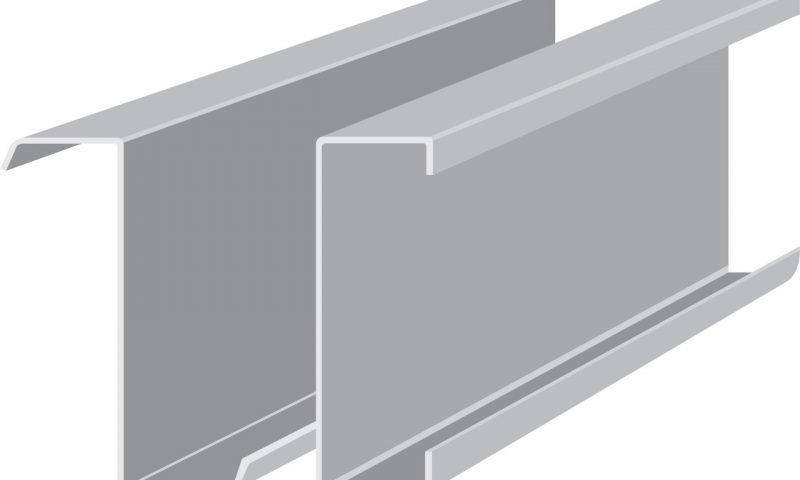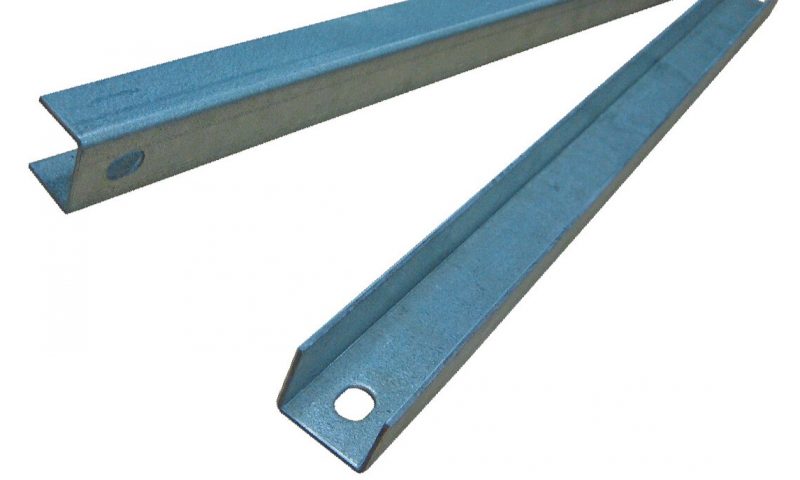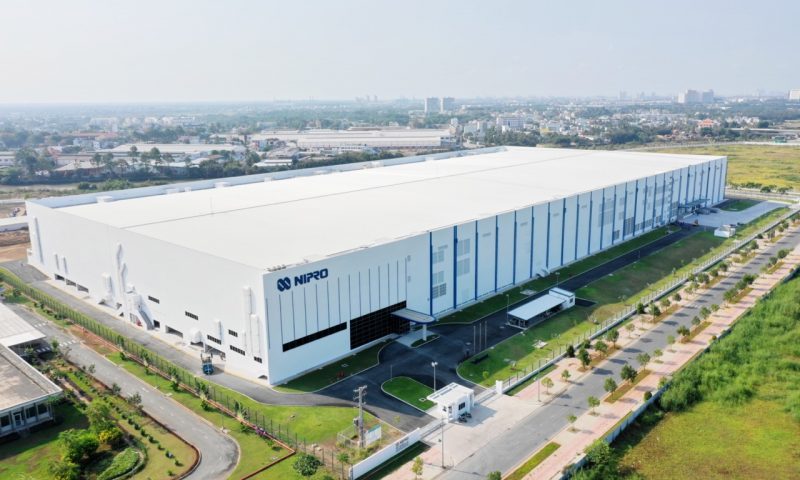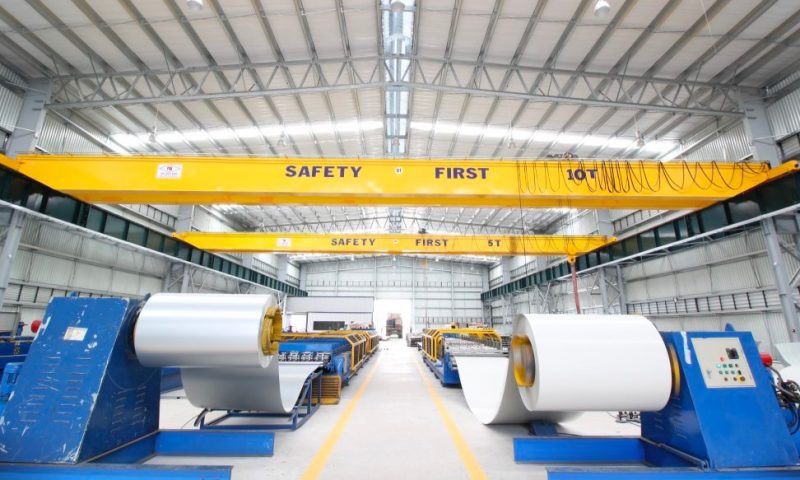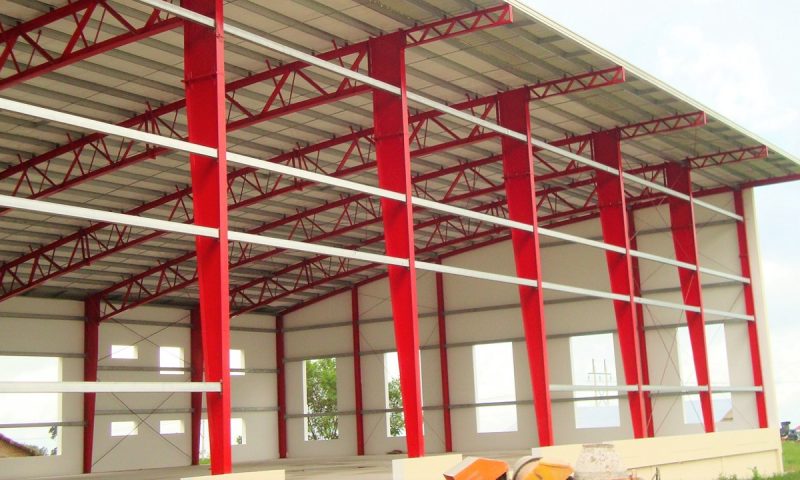Although commonly used in the construction and mechanical engineering industry, cold rolled steel has more applications than hot rolled steel.
What is cold rolled steel?
Cold rolled steel is made after the hot rolling phase. Hot steel ingots will be gradually reduced in thickness and bring the temperature to the right level, which can be equal to the room temperature through cooling solutions so that the internal steel structure is not modified.
The principle for producing cold rolled steel is not to change the material structure of steel but only to change the shape of steel. For example, creating thin sheet steels helps steel to be harder and stronger.
Features of cold rolled steel
Cold rolled steel has the following features:
- The finished product after production has a bright white point, gray color and a gloss. The thickness depends on the number of rolling times when producing from 0.15mm – 2mm. The edge of the border is cropped straight.
- Cold rolled steel has a high aesthetic with a beautiful flat surface, no shaggy, no ripples.
- Technical standards are highly accurate.
- The deviation is small because it actively controls the quality in the steel production process.
- High durability with external bearing capacity.
- It is easy to control and adjust the size and shape when using.
- Highly oxidizing and rusty properties, it is necessary to store carefully when not in use.
- The price is higher than hot rolled steels.
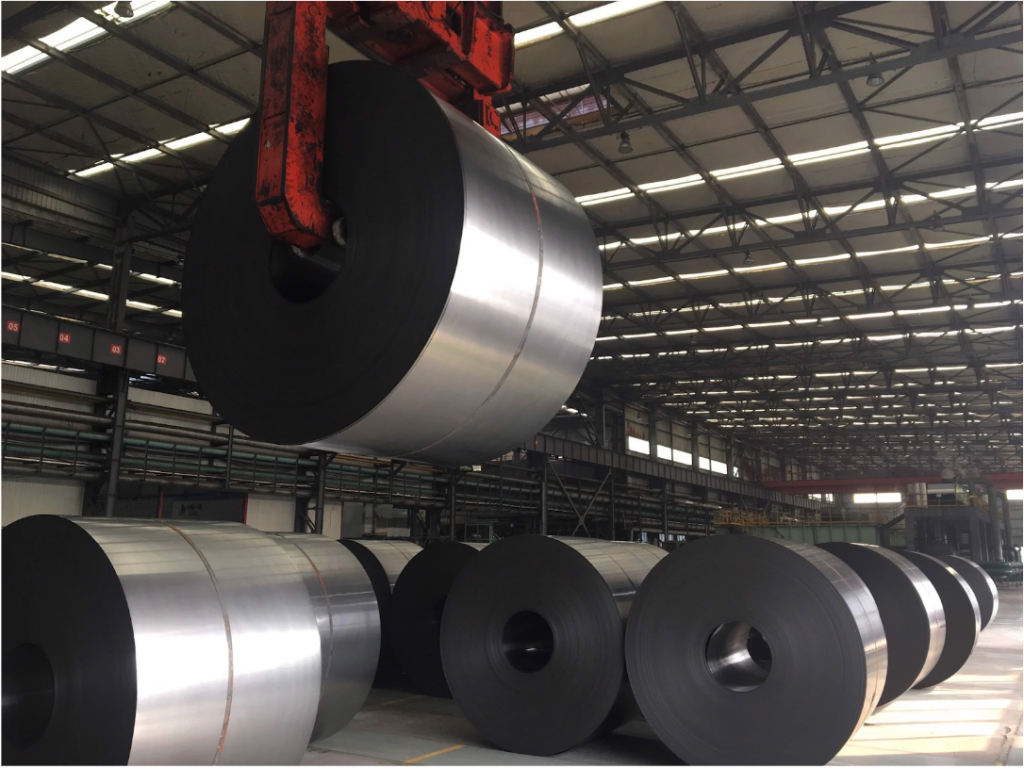
Distinguish hot rolled steel and cold rolled steel
| Category | Hot rolled steel | Cold rolled steel |
| Thickness | from 0.9mm | from 0.15mm – 2mm |
| Finished product features | The original color is blue-black, oily. | There are bright white spots, gray, with gloss. |
| Aesthetics | Poor aesthetics, no sharp edges, not neat but shaggy. | High aesthetic with a beautiful flat surface, no shaggy, no ripples |
| Accuracy | Uncontrollable, Low accuracy | Controllable, High accuracy |
| Tolerance | High deviation | Low deviation |
| Features | Easy to change features, shapes, sizes at high temperatures. | It doesn’t change the feature, it just changes the shape. |
| How to preserve | It can be stored outside without the protective package. | There must be external packaging and storage in the house to avoid rust. |
| Application | Used as cold rolled steel, the components do not require too high aesthetics;Used for fabricating the production of bearing steel structural frames. | The details and products have aesthetic requirements, high accuracy and thickness as desired: corrugated steel, frills, gutters, purlins,.. |
| Price | Low | High |
What is cold rolled steel used for?
In the construction works of Pebsteel’s prefabricated steel frame buildings, cold rolled steel products are used for the fabrication of the following steel components:
- Type with a large thickness (usually 4 – 5 – 6 – 8 – 12mm): used as purlins, synthetic columns and trusses, reinforced details
- Type with a small thickness (usually 0.25 – 3mm): used as corrugated steel roof, roof frills, gutters, decorative corrugated steel,…
Cold rolled steel has a uniform quality, tolerances are smaller than hot rolled steel and diverse thickness. In addition to being used in the construction, manufacturing and mechanical manufacturing industry, cold rolled steels are also used in the furniture industry.
The above is the information related to cold rolled steel with practical features and applications. If you have questions that need to be answered, please contact at the following email marketing@pebsteel.com.vn or phone number +84 908 883531 for specific advice.

